Six months after Pearl Harbor, the Japanese begin invading Alaska.
For reasons still heavily debated, the Japanese targeted the island archipelago of the Aleutian Islands – a series of barren, wind-racked, and brutally cold islands.
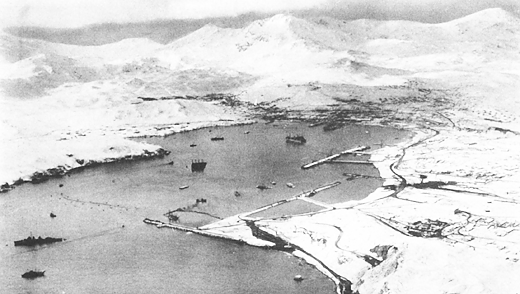
After two days of bombing Dutch Harbor, 500 Japanese made landfall on the island of Kiska on June 6.
The Fall of Kiska
Ten U.S. servicemen resided on the island at the time – all members of the U.S. Navy Weather Detachment — 9 of them are swiftly captured. But the 10th, Senior Petty Officer William C. House, escaped.
He survived 50 days on the wind-battered and barren island, subsisting off earthworms until he finally turns himself over the Japanese. He weighed 80-pounds when he surrendered.
The island of Attu was taken the next day. Only 45 people, all Aleuts, inhabited the island.
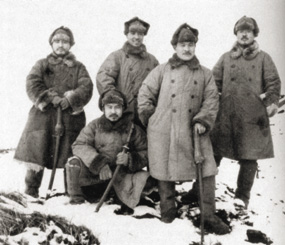
Upon the arrival of 1,400 Japanese troops, one Aleut man was shot. The rest were shipped off to concentration camps back in Japan. Half of them died there.
Upon hearing the news that American soil had fallen, Americans become furious. And that anger was channeled into a very clear response.
The Japanese bolstered their forces to 5,000 men holding the islands of Adak, Kiska, and Attu.
America sent a fleet into the Artic to engage in what would be known as the Aleutian Campaign.
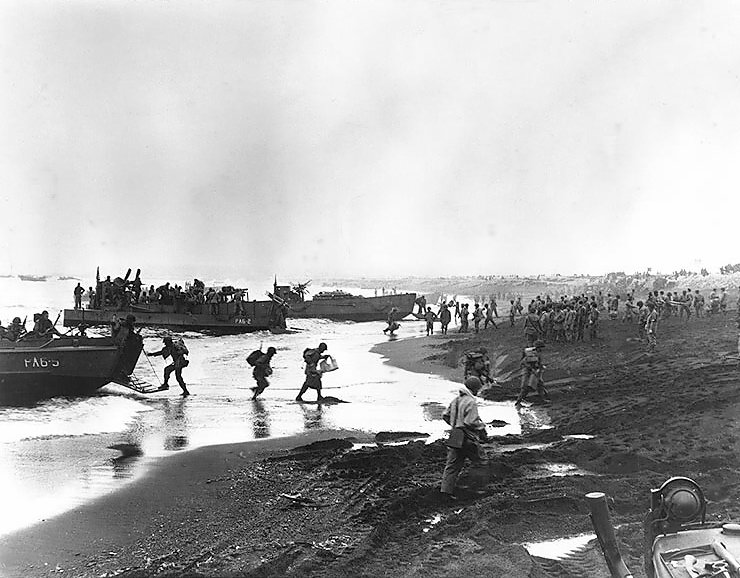
Protect This House
Operation Landcrab – the retaking of Attu – was scheduled to take place May 11, 1943, after weeks of bombing by sea and air.
Eleven thousand American troops were sent for the operation, only to discover that the Japanese retreated to the highest parts of the island. But they left behind an array of booby traps, snipers, and dug-in troops along the way.
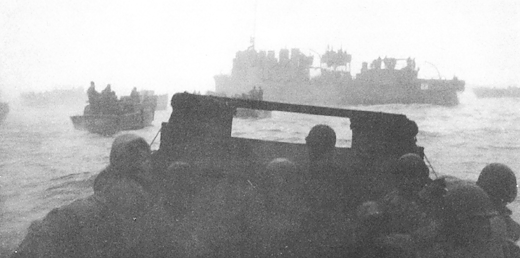
American troops engaged in brutal fighting through extreme temperatures – temperatures that led to a number of American deaths by the end of the campaign.
As Colonel Yasuyo Yamasaki realized Americans would take Attu, with little hope for his men’s survival, he organized one of the largest banzai charges of World War II.
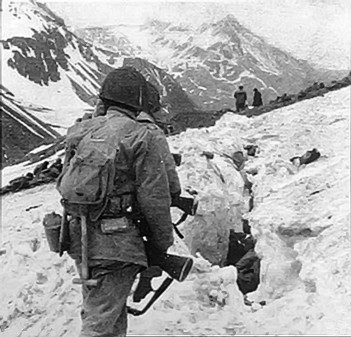
Fixing their bayonets and charging in unison, the banzai charge would be considered nothing short of massive success.
The Japanese penetrated all the way to the rear of the American camp.
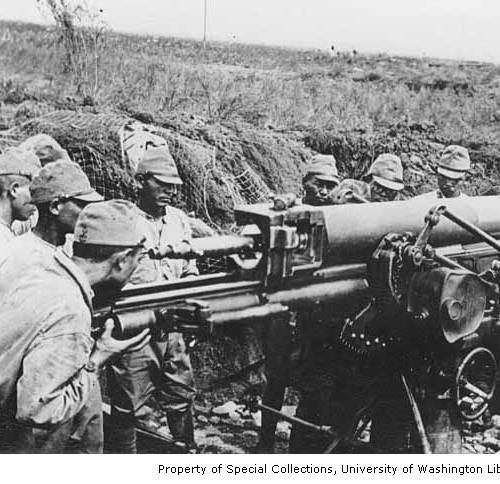
American troops defeated the Japanese on Attu, however, losing 1,000 U.S. men in the process.
But there was no going back…another fight would begin on the island of Kiska.
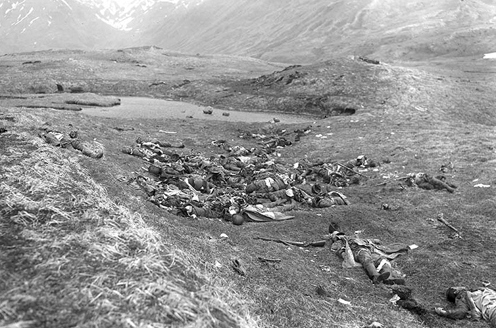
The Battle of Kiska
Expecting an even larger Japanese force, America sent 35,000 troops to retake Kiska. But Americans were met with surprise upon arrival to the island.
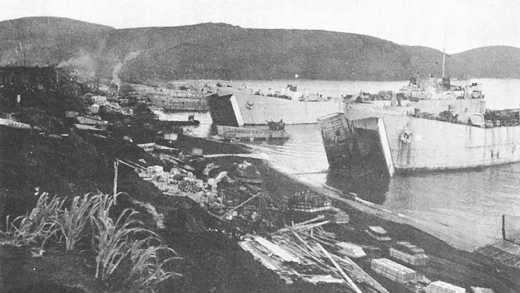
Everyone was gone…
The Japanese left Kiska weeks prior, tricking the American fleet with a successful radar diversion.
As a result, eight Japanese warships full of enemy troops safely sailed off into the fog, evading American interception.
And though no enemy troops remained on the island, the Japanese left one thing behind…booby traps.
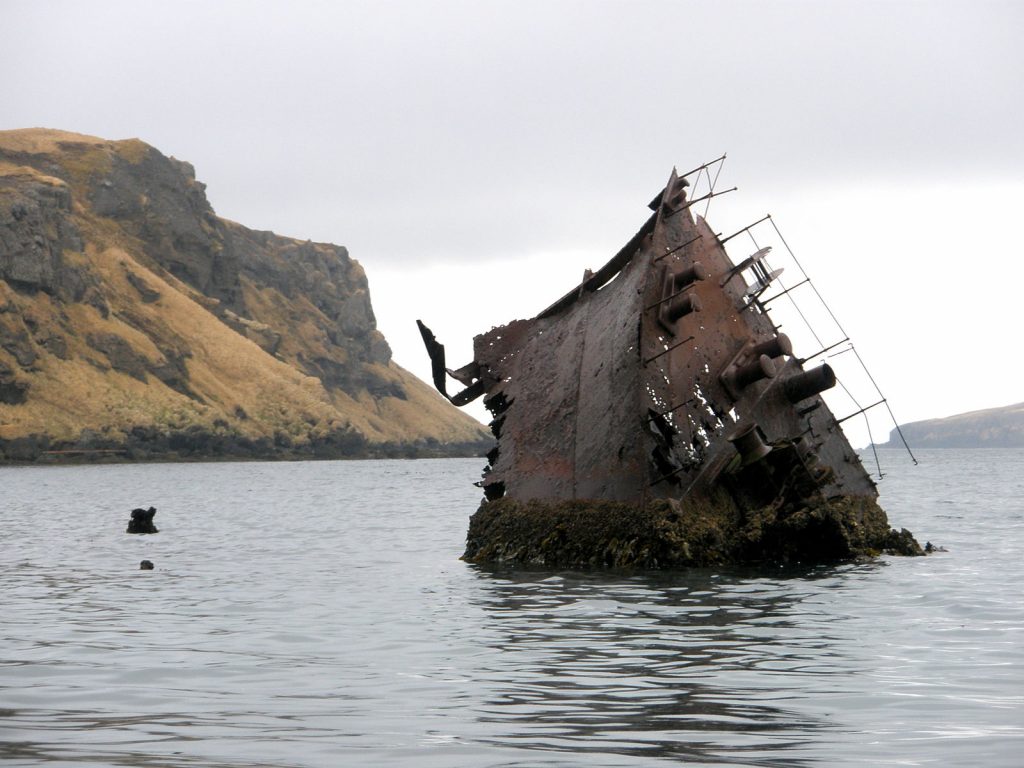
As Americans combed the island of Kiska for dug-in troops, 30 of them died by hidden booby traps and fratricide.
A further 71 troops died after the ship Abner Read hit a mine in the harbor.
With no enemy troops and with the retaking of American soil, the Battle of the Aleutian Islands concluded.
This is a new style of article for Pew Pew Tactical; if you liked it — let us know in the comments! If you didn’t enjoy it…well phooey. To catch up on previous Pictures from History, click on over to our History Category.

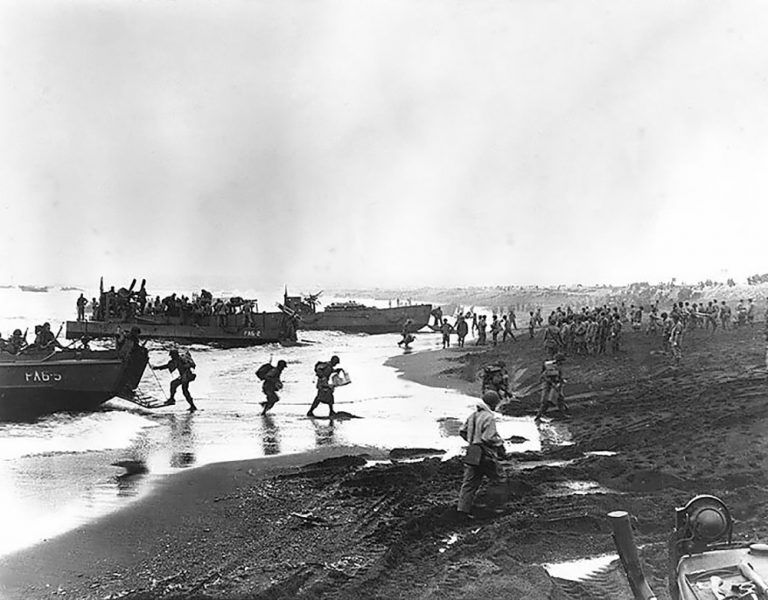







6 Leave a Reply
Like it, keep them coming.
Would love to read more of these. Got to know our history!
I like this style of article!
I enjoyed it. I don't recall this being taught in school.
Adak is awful and uncomfortable. But something most people don't realize is it's part of the short route across the Pacific. It's been years since I've ferried a plane across the Pacific, but if I remember my distances correctly,, Adak is about 1,600 nautical miles from Midway, which makes it a much shorter overwater flight than Hawaii to California by several hundred nautical miles.
Learned something new today! Fascinating!